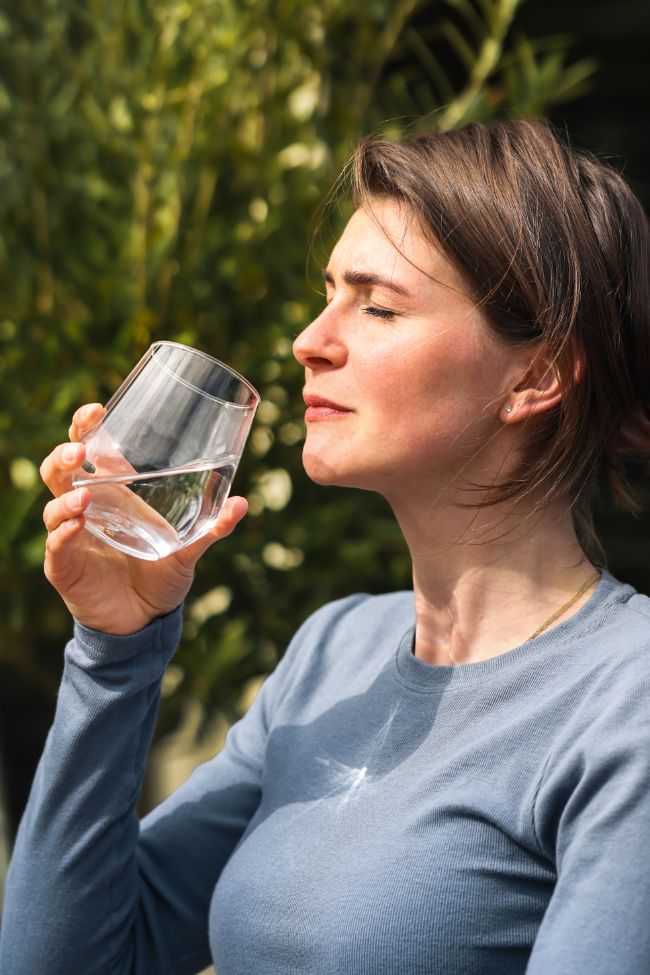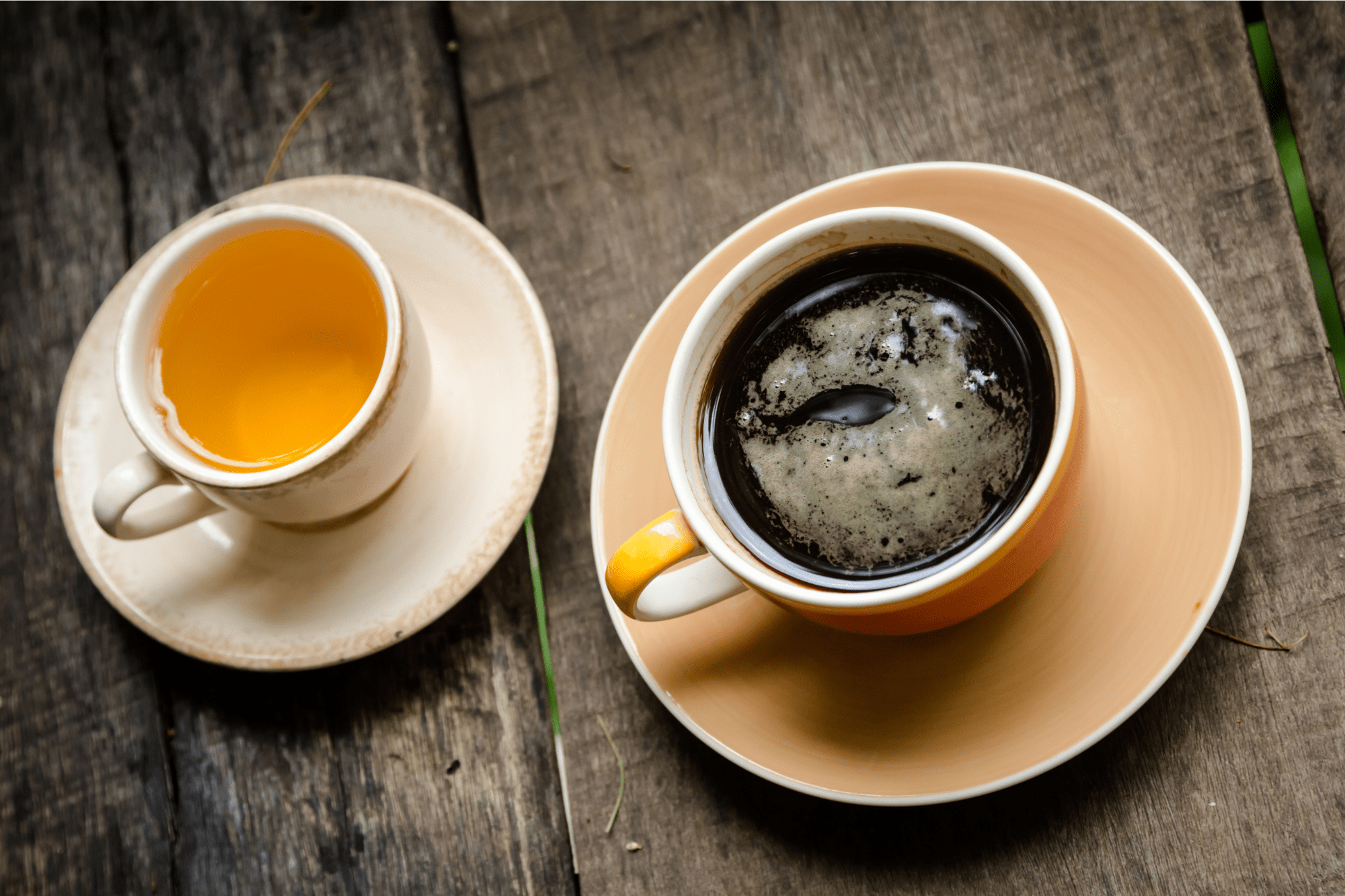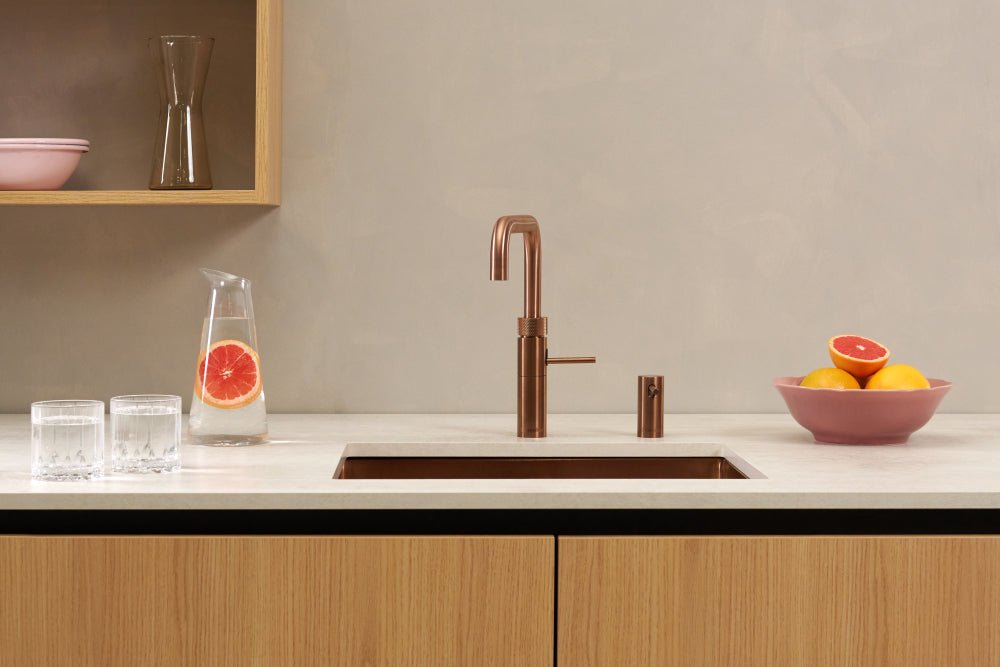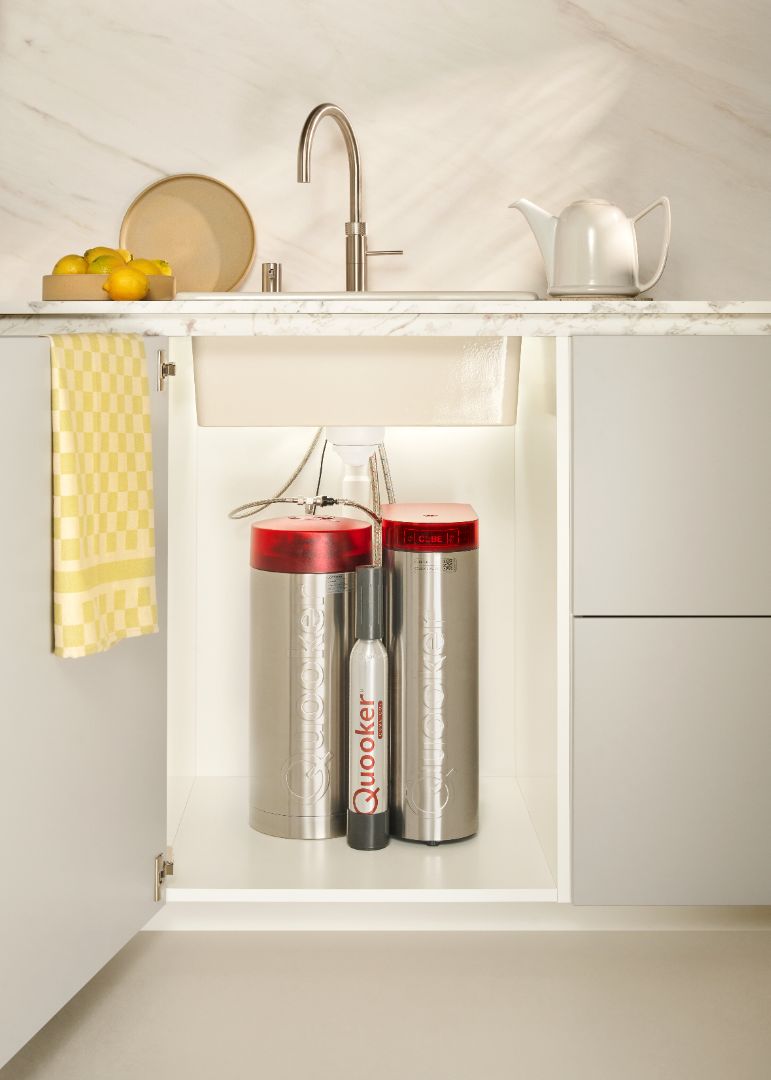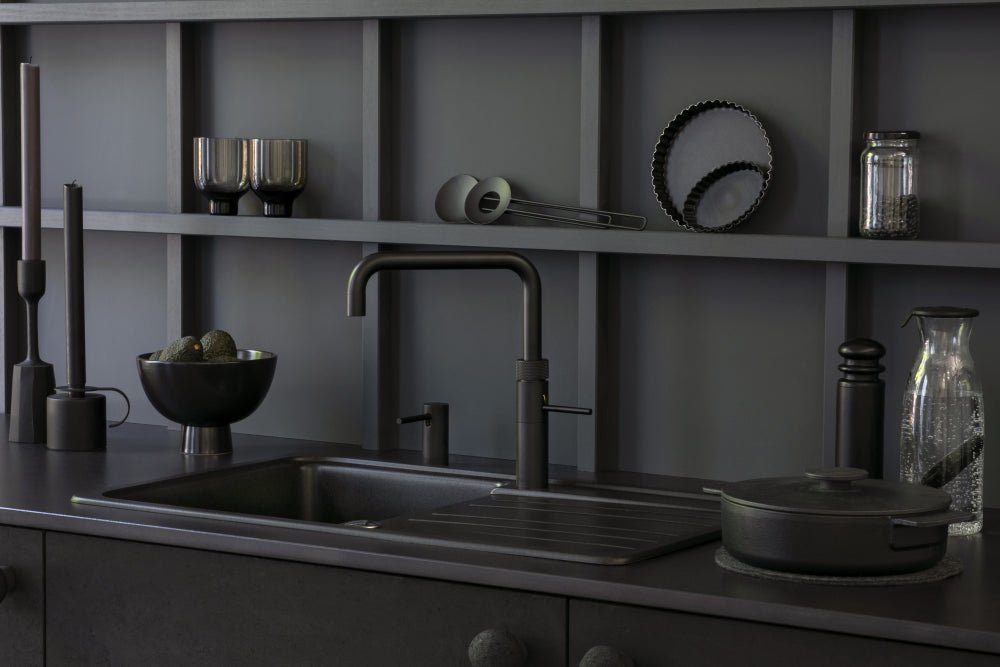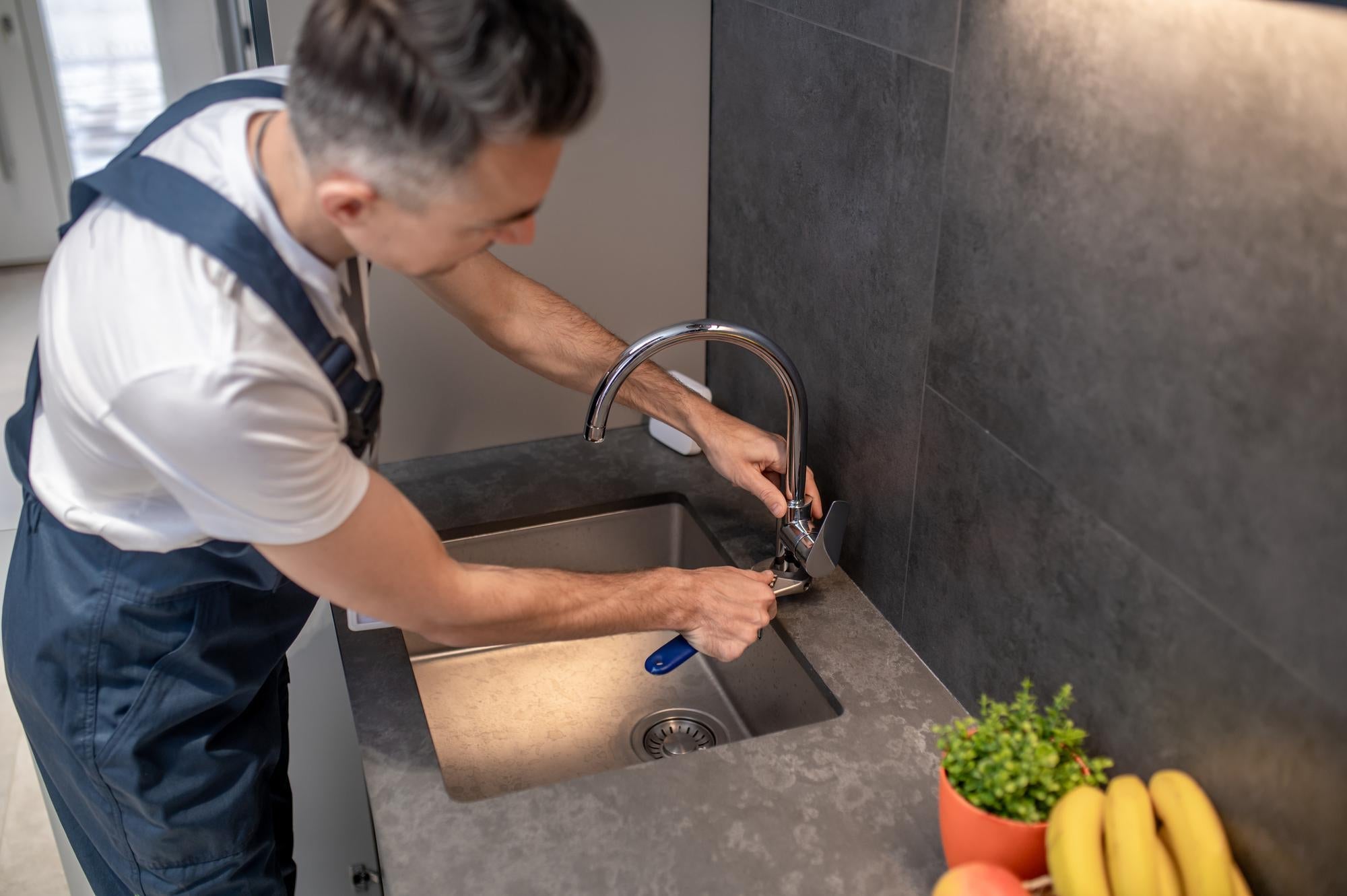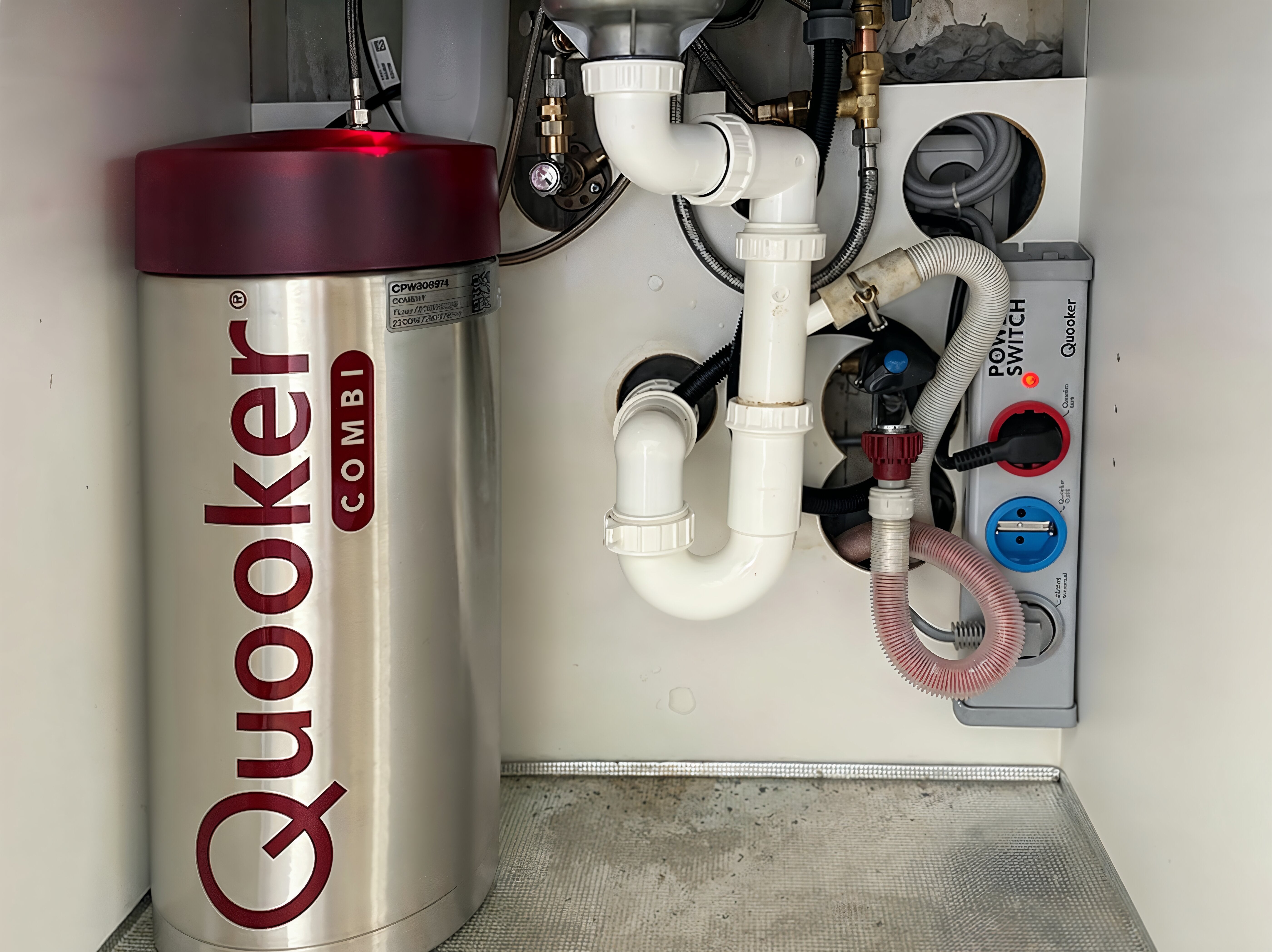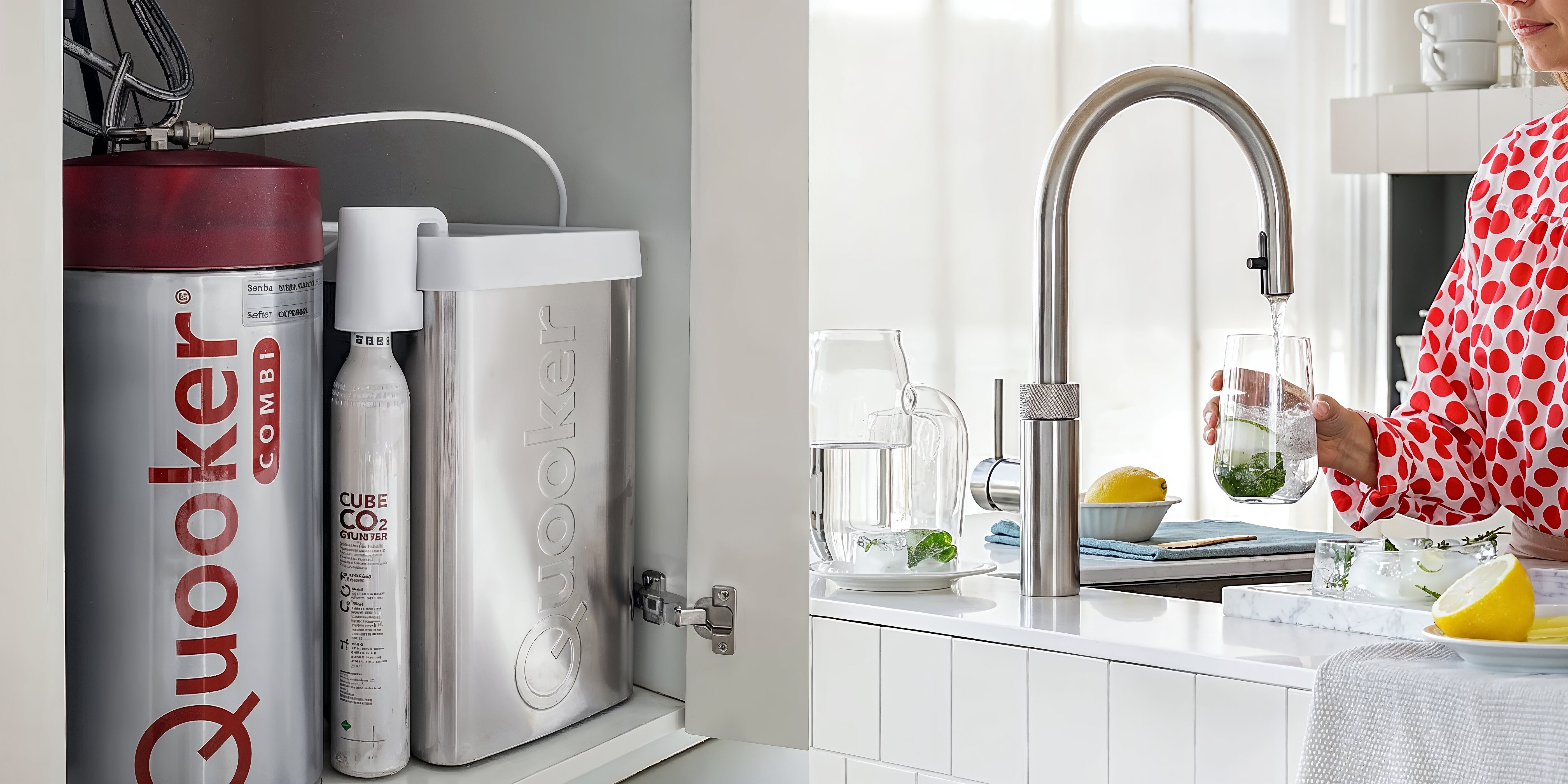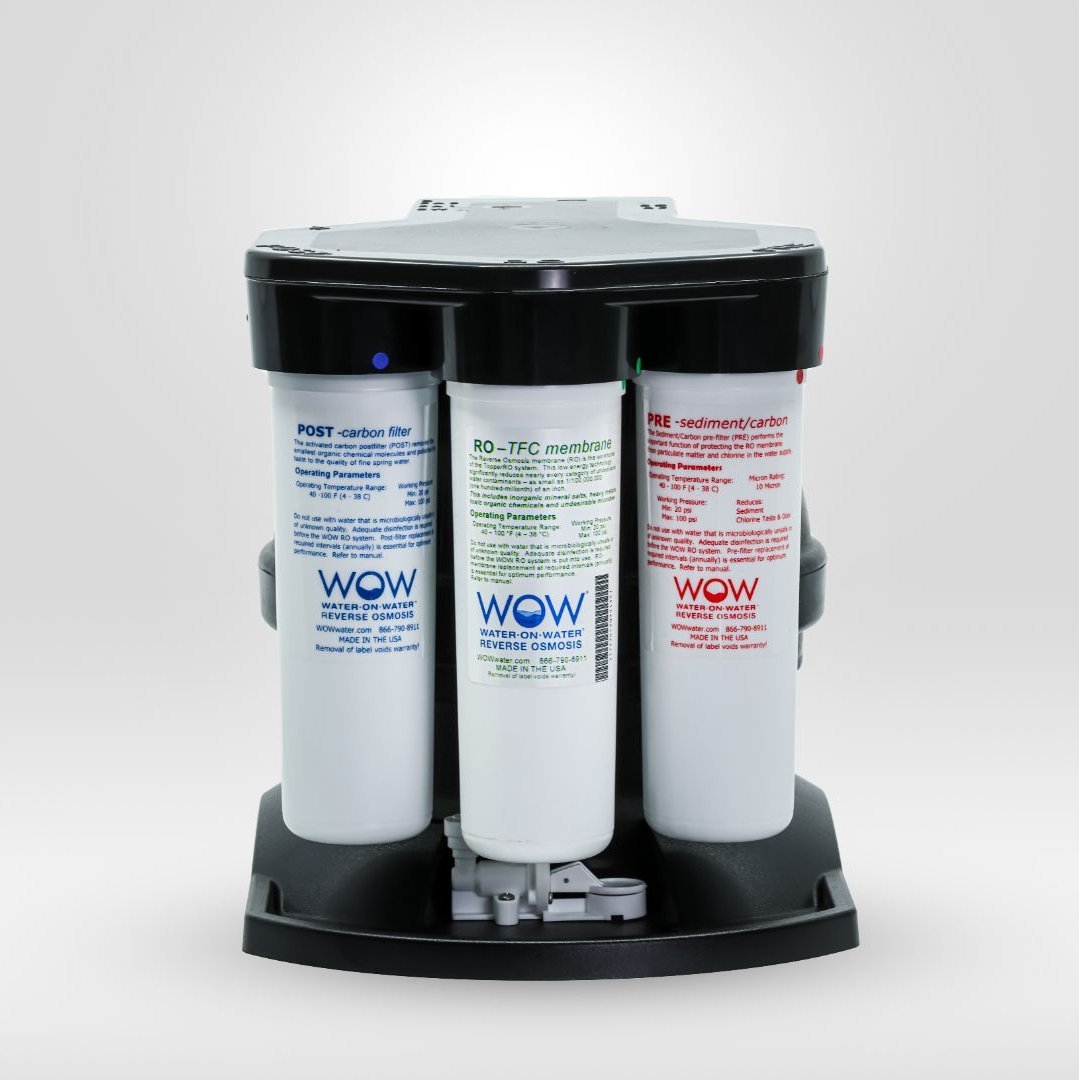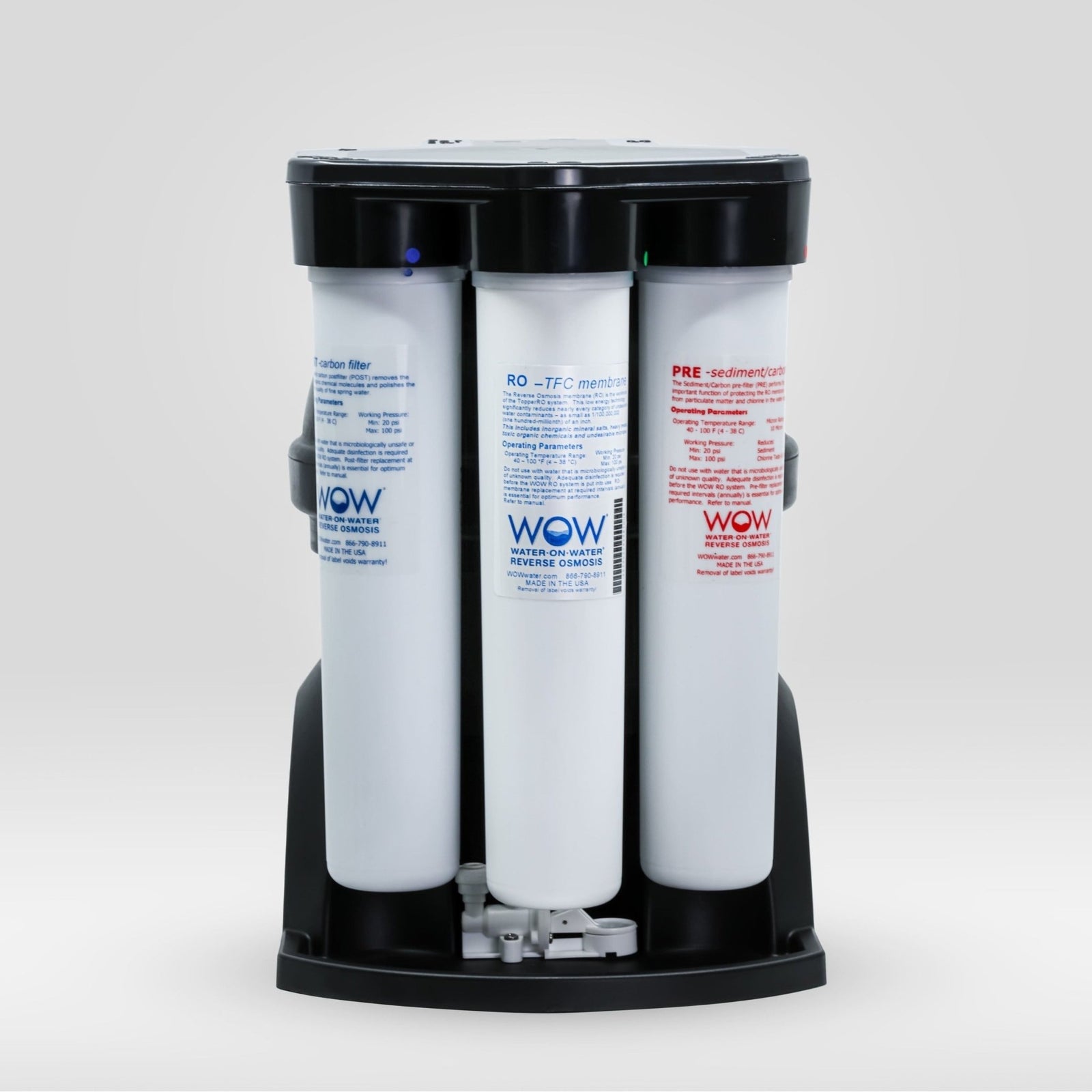The taste of tea varies considerably depending on where in the Netherlands you get your tap water. This is because tap water contains varying amounts of minerals from region to region, depending on the local water source and geological conditions. Hard water, high in calcium and magnesium, can make tea bitter, while soft water gives it a flatter taste. The minerals react with the tannins in tea, affecting its color, aroma, and flavor.
Why does the origin of tap water affect the taste of tea?
The water composition in the Netherlands varies significantly by region due to the various sources from which drinking water is extracted. Approximately 60% of our drinking water comes from groundwater, the remainder from surface water, and a small portion from dune water. These sources naturally contain varying mineral concentrations.
In areas where water comes from deep underground, such as in the eastern Netherlands, Shopify API water often contains more calcium and magnesium. These minerals originate from the calcareous rocks through which the water flows. In coastal areas, on the other hand, water is often extracted from dunes, resulting in softer water with fewer minerals.
The geological subsurface directly determines which substances dissolve in the water. Clay soils yield different minerals than sandy soils or peatlands. These natural differences mean that tea in Utrecht tastes different than tea in Groningen, even if you use exactly the same tea leaves.
Which minerals in tap water most affect tea flavor?
Calcium and magnesium have the greatest influence on tea's flavor. These minerals, which together determine water hardness, bind to polyphenols in tea leaves. This affects not only the flavor but also the color of your tea.
- Calcium makes tea cloudy and can cause a dry, bitter aftertaste
- Magnesium enhances the bitter notes in green tea in particular
- Iron gives tea a metallic aftertaste and darkens the tea water
- Chloride from water purification masks subtle tea aromas
The chemical reaction between minerals and tannins already occurs during the steeping process. The more minerals in the water, the stronger these reactions. This explains why some tea lovers boil their water first and then let it cool, causing some of the minerals to precipitate as limescale in the kettle.
How does water hardness differ between Dutch provinces?
The Netherlands has significant regional differences in water hardness. Drenthe has the softest water, with approximately 4 German degrees of hardness (°dH), while parts of South Holland can reach up to 14 °dH. These differences are due to the geological history of each region.
| Province | Water hardness (°dH) | Effect on tea |
|---|---|---|
| Drenthe | 4-6 | Clear tea, subtle flavors come into their own |
| Groningen | 6-8 | Good balance, suitable for most teas |
| North Holland | 8-12 | Stronger tea needed for full flavor |
| South Holland | 10-14 | Cloudy tea, bitter aftertaste with delicate varieties |
Water hardness is measured by determining the concentration of calcium and magnesium ions. In areas with calcareous soils, such as the clay soils of the west, the water is naturally harder. Sandy soils in the east produce softer water. For delicate white and green teas, this difference in hardness makes a world of difference in the taste.
What is the difference between filtered and unfiltered water for tea?
Filtered water, especially when treated with reverse osmosis , removes up to 99% of all dissolved solids from tap water. This results in pure water that optimally enhances the natural flavors of tea, without the interference of minerals or other substances.
Unfiltered tap water retains all minerals, chlorine, and any contaminants. These substances affect the tea in several ways:
- Clarity: Filtered water produces crystal clear tea without cloudiness.
- Foam formation: Mineral-poor water forms less foam on the tea surface
- Color intensity: Without minerals, tea gets its natural color.
- Shelf life: Tea with filtered water retains its aroma longer.
The difference is especially noticeable with premium teas. A delicate white tea or first flush Darjeeling can only fully develop its complex flavor profile in mineral-poor water. Home water filtration systems using advanced filtration techniques ensure consistent water quality, regardless of regional variations.
Which water temperature and quality suits which type of tea?
Each tea variety requires specific water conditions for optimal flavor extraction. The combination of water temperature, mineral content, and pH determines how well the tea can develop its character.
| Type of tea | Ideal temperature | Optimal water quality | Migration time |
|---|---|---|---|
| Green tea | 70-80°C | Very soft water (2-4 °dH) | 1-3 minutes |
| White tea | 75-85°C | Filtered, low in minerals | 4-6 minutes |
| Oolong tea | 85-95°C | Slightly mineral-rich (4-8 °dH) | 2-5 minutes |
| Black tea | 95-100°C | Moderately hard water acceptable | 3-5 minutes |
The oxygen content of water also plays a significant role. Fresh, cold water contains more dissolved oxygen, which contributes to a more vibrant tea flavor. Water that has boiled too long loses oxygen and produces bland tea. Ideally, the pH should be neutral (around 7) for the best flavor balance.
How to improve tea taste regardless of where you live?
There are several effective methods for consistently brewing delicious tea, regardless of local water quality. The most thorough approach is installing a water treatment system that neutralizes regional water variations.
Modern filtration systems with reverse osmosis technology remove virtually all minerals and impurities, after which healthy minerals can be added back in the correct ratios. This gives you complete control over the water quality and ensures reproducible tea results.
Practical tips for better tea:
- Test your tap water with a TDS meter to know the mineral content
- Adjust the amount of tea based on your water hardness
- Experiment with different steeping times for your water
- Always use fresh, cold water for cooking
- Consider a water filter if your water is harder than 8 °dH
For tea lovers who want to get the most out of their favorite blends, consistent water quality makes all the difference. Whether you live in Groningen with relatively soft water or in South Holland with hard water, the right water treatment ensures that every cup tastes as the tea producer intended.
